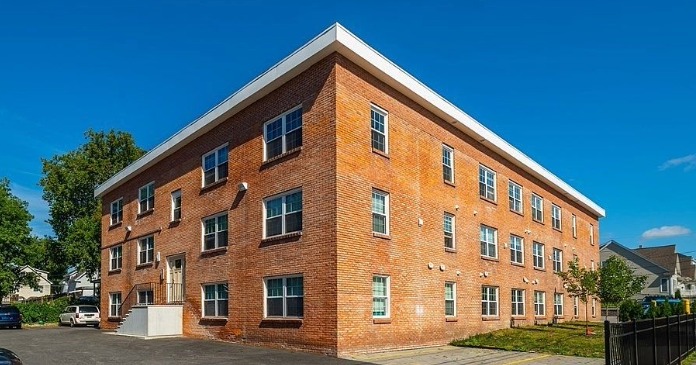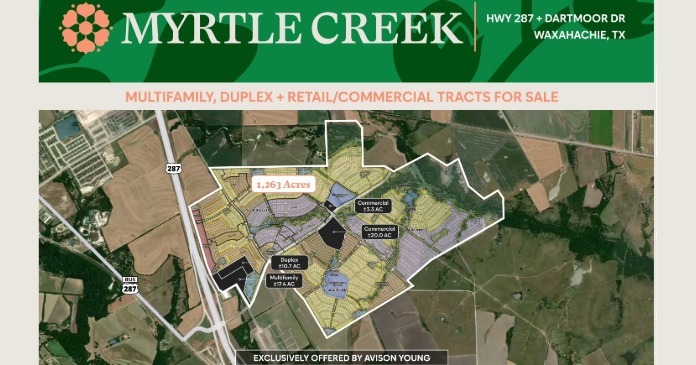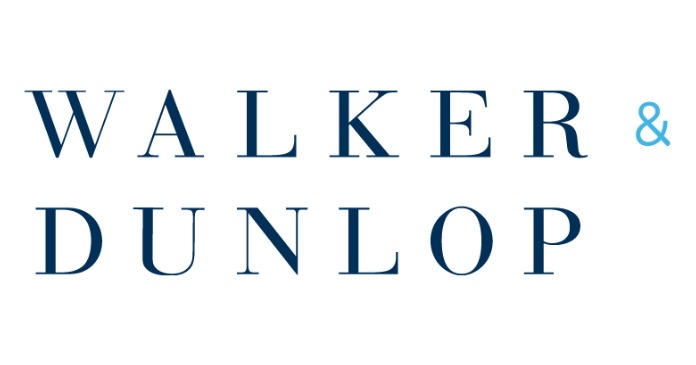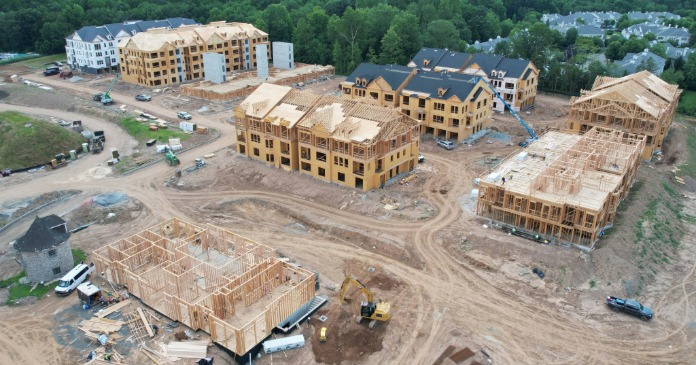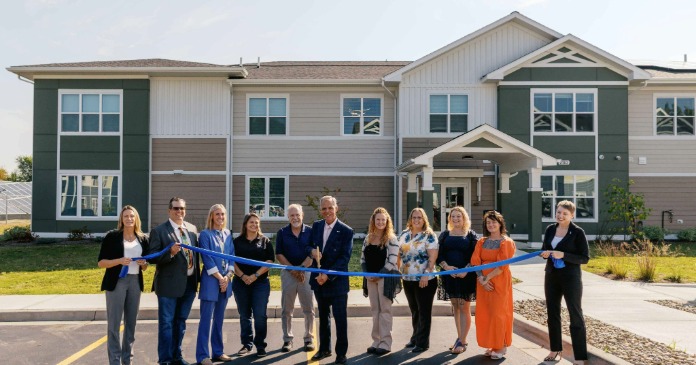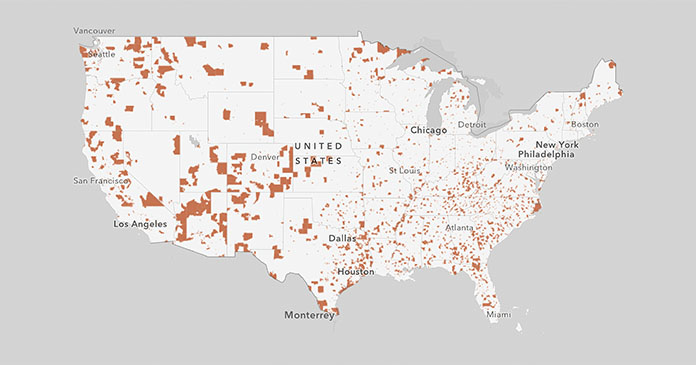
The Trump administration’s tax break for underprivileged neighborhoods has attracted an estimated $75 billion dollars in private investment, potentially lifting 1 million people out of poverty, according to a White House study.
Opportunity zones were created in the tax overhaul of 2017, offering capital gains advantages to investors as a way to encourage new businesses, housing, and jobs.
President Trump has hailed their success. But critics say the biggest beneficiaries are billionaire financiers and warn that a small number of the most attractive zones are attracting the bulk of the money.
A study by the White House Council of Economic Advisers, obtained by the Washington Examiner and due to be published on Monday, estimates that $75 billion has been raised by funds set up to invest in the zones—money that would likely have been directed elsewhere without the breaks.
“The CEA estimates that opportunity zone designation alone has caused a 1.1 percent increase in housing values,” it says. “Greater amenities and economic opportunity behind the housing value increase will be broadly enjoyed, and for the nearly half of OZ residents who own their homes, the increase provides an estimated $11 billion in new wealth.”
The program allows investors to defer and lower their capital gains taxes on sales of stocks and other investments if they plow the proceeds into projects in areas struggling with poverty. Nearly 8,800 opportunity zones have been certified.
Early supporters include Anthony Scaramucci, a member of Trump’s campaign finance committee in 2016 who served briefly as White House director of communications, as well as the president’s son-in-law, Jared Kushner. Scaramucci’s Skybridge Capital runs an opportunity zone fund, while Kushner sold his stake in a company investing in opportunity zone projects amid allegations of a conflict of interest.
But the zones are a key plank of Trump’s reelection pitch to African American and Hispanic voters. He cited them on Friday during a speech to the Council for National Policy as an example of the work he has done for ethnic minorities.
“If you look at opportunity zones, you look at all of the things we’ve done—nobody has done more,” he said.
The new study reports that they offer a more cost-effective way of delivering help to areas of need. Each dollar raised comes at a cost of 15 cents lost in federal revenue, compared with 18 cents for other methods.
“The COVID-19 pandemic slowed investment everywhere in the second quarter of 2020, including in Opportunity Zones, but the initial evidence suggests that the OZ model has power to mobilize investors; engage state, local, and tribal stakeholders; and improve the outlook for low-income communities—all with limited prescription from the federal government,” the study concludes. “This report’s findings highlight the potential for the opportunity zone model to help spur the post-COVID-19 recovery in thousands of distressed communities across the United States.”
Brett Theodos, senior fellow at the Urban Institute, said the study offered a credible look at opportunity zones but that many questions remained unanswered, such as how much of the $75 billion had been deployed and whether the right places had been selected for investment.
He also said some of the claims for the impact on poverty were speculative and based on projections.
“If there is an effect, it is worth noting this may be principally through out-migration of poor folks and the in-migration of higher-income folks, rather than by raising incomes of incumbent residents,” he said. “A big issue for opportunity zones is whether they actually benefit the low- and moderate-income residents they purport to.”
A senior White House official said the president was committed to helping overlooked neighborhoods enjoy new economic opportunity.
“Since taking office, President Trump has enacted a domestic policy agenda aimed at helping our forgotten communities and Americans reach their full potential,” he said. “The president is committed to ensuring that no American is denied the opportunity to achieve the American dream and the Trump administration’s policies are spurring investment in underserved communities and unleashing their economic potential.”
Author Rob Crilly, White House Correspondent



